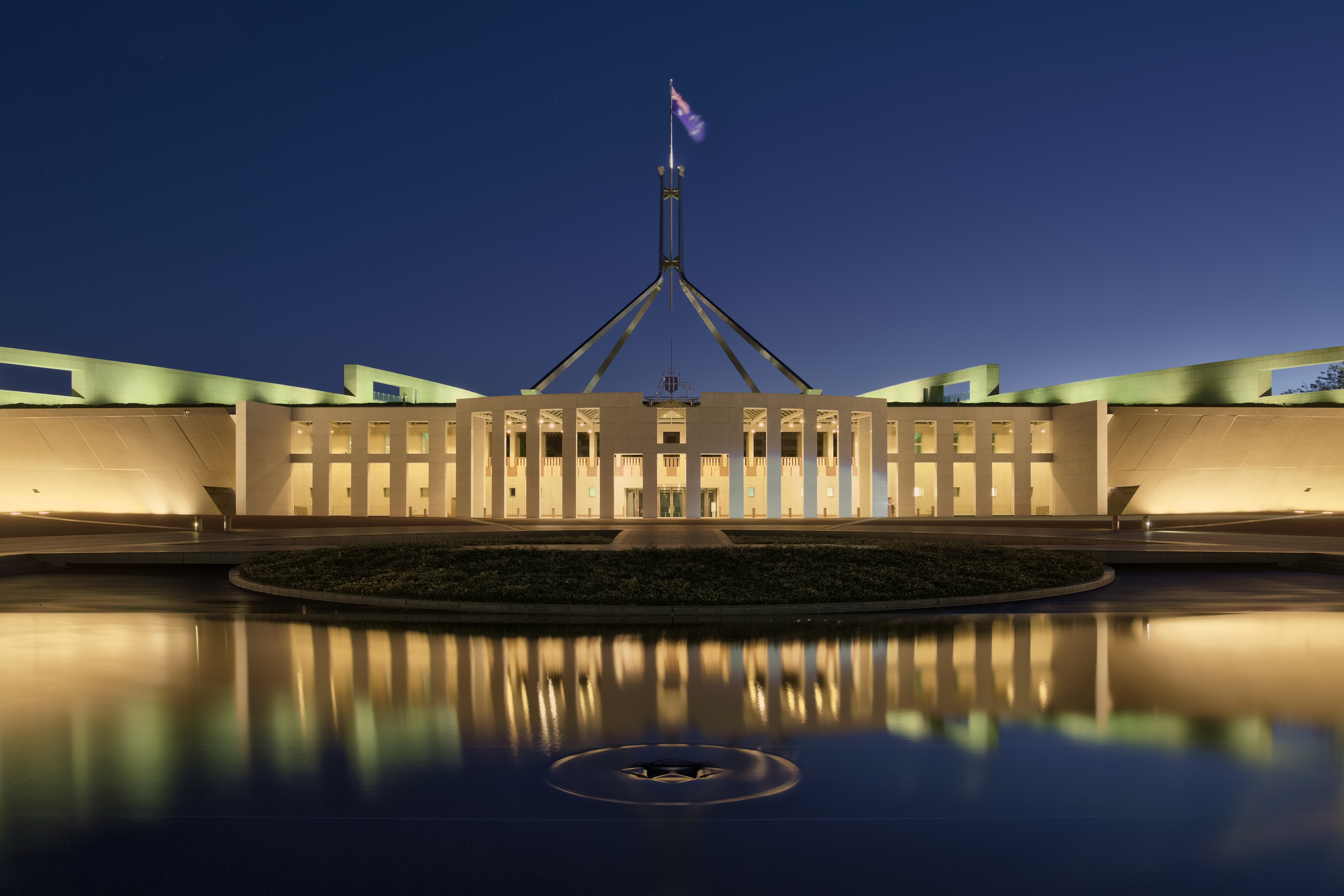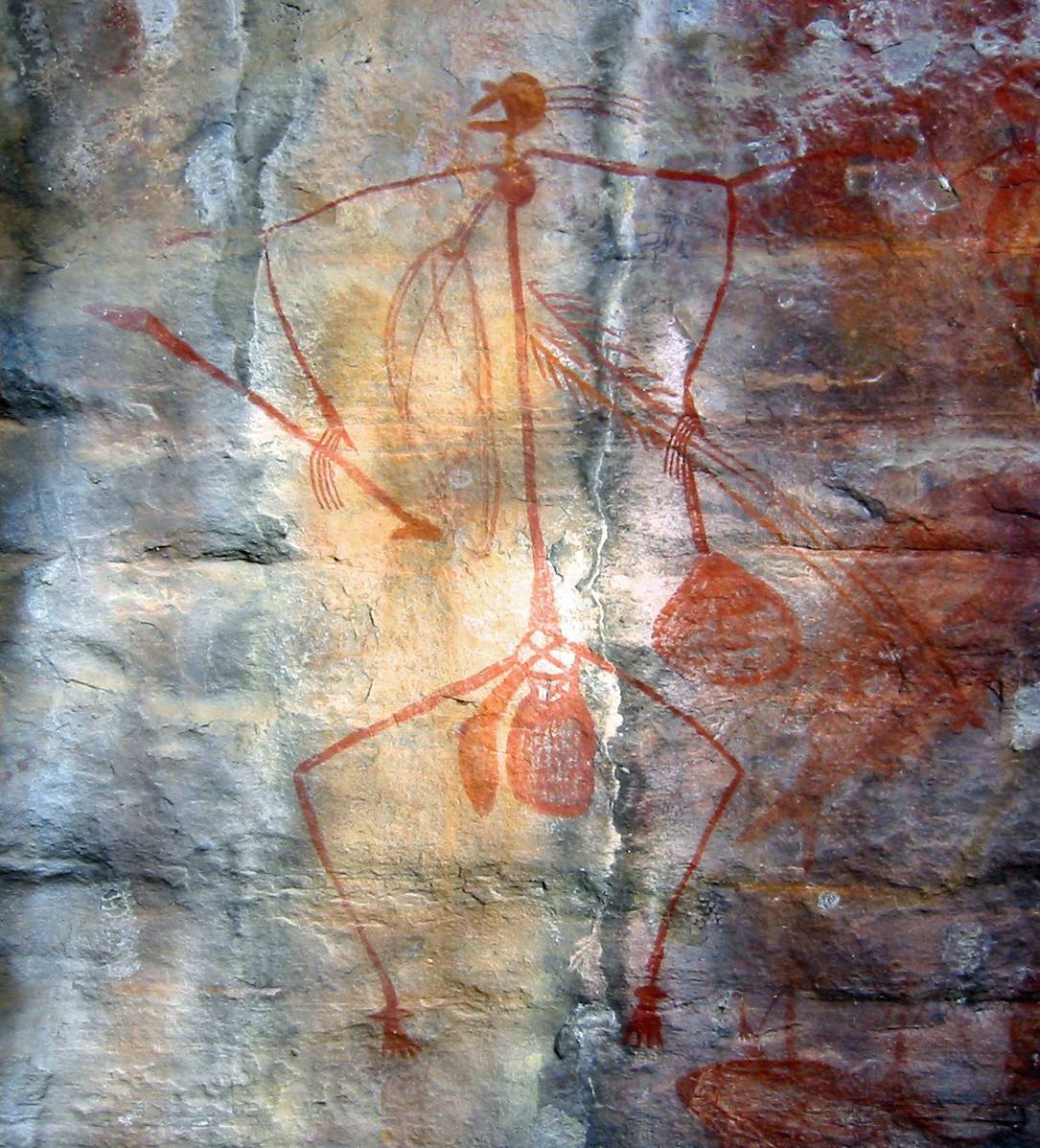|
Australian Referendum, 1913 (Industrial Matters)
The ''Constitution Alteration (Industrial Matters) Bill'' 1912, was an unsuccessful referendum held in 1913 that sought to alter the Australian Constitution to give the Commonwealth legislative power in respect to industrial matters. Issues Question ''Do you approve of the proposed law for the alteration of the Constitution entitled 'Constitution Alteration (Industrial Matters) 1912'?'' The proposal was to alter the text of section 51 of the Constitution to read as follows:. 51. The Parliament shall, subject to this Constitution, have Legislative power to make laws for the peace, order, and good government of the Commonwealth with respect to: (xxxv.) Conciliation and arbitration for the prevention and settlement of industrial disputes extending beyond the limits of any one State: ::Labour, and employment, and unemployment, including- :::(a) the terms and conditions of labour and employment in any trade, industry, occupation, or calling; :::(b) the rights and obligations of emp ... [...More Info...] [...Related Items...] OR: [Wikipedia] [Google] [Baidu] |
1913 Australian Referendum
The 1913 Australian referendum was held on 31 May 1913. It contained six referendum questions and was held in conjunction with the 1913 federal election. Background Having failed with the 1911 referendum, the Attorney-General, Billy Hughes, tried again, breaking each of the changes into separate questions. The changes were said to be necessary because the Commonwealth's powers had been cut down by successive decision of the High Court in applying the inter-governmental immunities and reserved state powers doctrines until they were said to be futile. The cases referred to by the Attorney-General were: ::* Union label case (1908) - trade marks ::*Huddart, Parker & Co Ltd v Moorehead (1909) - control of corporations ::* SS Kalibia v Wilson (1910) - navigation power ::* Melbourne Steamship Co Ltd v Moorehead (1912) - trade & commerce power ::* Railway servants Case (1906) - State railways employees could not be part of an interstate industrial dispute ::* Jumbunna Coal Mine NL v V ... [...More Info...] [...Related Items...] OR: [Wikipedia] [Google] [Baidu] |
Australian Constitution
The Constitution of Australia (or Australian Constitution) is a constitutional document that is supreme law in Australia. It establishes Australia as a federation under a constitutional monarchy and outlines the structure and powers of the Australian government's three constituent parts, the executive, legislature, and judiciary. The constitution was drafted between 1891 and 1898, through a series of conventions conducted by representatives of the six self-governing British colonies in Australia. The final draft was then approved in a set of referendums from 1898 to 1900. The British government objected to some elements of the final draft, but a slightly modified form was enacted as section 9 of the ''Commonwealth of Australia Constitution Act 1900'', an act of the Parliament of the United Kingdom. The act was given royal assent on 9 July 1900, was proclaimed on 17 September 1900, and entered into force on 1 January 1901. The constitution gave the six colonies the status ... [...More Info...] [...Related Items...] OR: [Wikipedia] [Google] [Baidu] |
Australian Referendum, 1911 (Trade And Commerce)
The ''Constitution Alteration (Legislative Powers) Bill'' 1910, was put to voters for approval in a referendum held in the 1911 referendums. The bill sought to alter the Australian Constitution to extend the Commonwealth power in respect of trade and commerce, the control of corporations, labour and employment and combinations and monopolies. All of the proposed changes were contained within the one question. Question ''Do you approve of the proposed law for the alteration of the Constitution entitled 'Constitution Alteration (Legislative Powers) 1910'?'' The proposal was to alter the text of section 51 of the Constitution to read as follows: 51. The Parliament shall, subject to this Constitution, have Legislative power to make laws for the peace, order, and good government of the Commonwealth with respect to: :(i.) Trade and commerce with other countries, and among the States; :... :(xx.) Foreign corporations, and trading or financial corporations formed within the limits of th ... [...More Info...] [...Related Items...] OR: [Wikipedia] [Google] [Baidu] |
Politics Of Australia
The politics of Australia take place within the framework of a federal parliamentary constitutional monarchy. Australia has maintained a stable liberal democratic political system under its Constitution, one of the world's oldest, since Federation in 1901. Australia is the world's sixth oldest continuous democracy and largely operates as a two-party system in which voting is compulsory. Australia is also a federation, where power is divided between the federal government and the states and territories. The federal government is separated into three branches: File:Au_gov_chart.svg, center, 640px, Structure of the Government of Australia, alt=A high level diagram of the structure of the Government of Australia, the three branches, legislative, executive, and judicial. rect 575 6 1175 56 Constitution of Australia rect 575 191 1175 241 Governor General of Australia rect 125 341 425 391 Legislative Branch rect 725 341 1025 391 Executive Branch rect 1325 341 1625 391 Judic ... [...More Info...] [...Related Items...] OR: [Wikipedia] [Google] [Baidu] |
History Of Australia
The history of Australia is the story of the land and peoples of the continent of Australia. People first arrived on the Australian mainland by sea from Maritime Southeast Asia between 50,000 and 65,000 years ago, and penetrated to all parts of the continent, from the rainforests in the north, the deserts of the centre, and the sub-Antarctic islands of Tasmania and Bass Strait. The artistic, musical and spiritual traditions they established are among the longest surviving such traditions in human history. The first Torres Strait Islanders – ethnically and culturally distinct from the Aboriginal people – arrived from what is now Papua New Guinea around 2,500 years ago, and settled in the islands of the Torres Strait and the Cape York Peninsula forming the northern tip of the Australian landmass. The first known landing in Australia by Europeans was in 1606 by Dutch navigator Willem Janszoon. Later that year, Spanish explorer Luís Vaz de Torres sailed through, and navig ... [...More Info...] [...Related Items...] OR: [Wikipedia] [Google] [Baidu] |
Parliamentary Library Of Australia
The Parliamentary Library of Australia (or Commonwealth Parliamentary Library) is the library of the Parliament of Australia, administered by its Department of Parliamentary Services. It provides library services to elected officials, namely members of the Senate and House of Representatives, as well as their staff, parliamentary committees, the Governor-General of Australia, and the staff of parliamentary departments. History The library was established in 1901, the year of the federation of the Commonwealth of Australia. Control of the new library was controversial as the fledgling parliament was located in Melbourne where the Victorian premier and the library committee of the State Library of Victoria sought to influence the control and management of the library. From 1923 the library used two names describing the two roles and two collections ''Commonwealth Parliament Library'' which designated the parliamentary collection and ''Commonwealth National Library'' to designate th ... [...More Info...] [...Related Items...] OR: [Wikipedia] [Google] [Baidu] |
1913 In Australia
The following lists events that happened during 1913 in Australia. Incumbents *Monarch – George V *Governor-General – Thomas Denman, 3rd Baron Denman *Prime Minister – Andrew Fisher (until 24 June), then Joseph Cook * Chief Justice – Samuel Griffith State premiers *Premier of New South Wales – James McGowen (until 29 June), then William Holman *Premier of Queensland – Digby Denham *Premier of South Australia – Archibald Peake *Premier of Tasmania – Albert Solomon *Premier of Victoria – William Watt (until 9 December), then George Elmslie *Premier of Western Australia – John Scaddan State governors *Governor of New South Wales – Frederic Thesiger, 3rd Baron Chelmsford (until 11 March), then Gerald Strickland (from 14 March) *Governor of Queensland – William MacGregor *Governor of South Australia – Day Bosanquet *Governor of Tasmania – Harry Barron (until 10 March), then William Ellison-Macartney (from 4 June) *Governor of Victoria – John Fulle ... [...More Info...] [...Related Items...] OR: [Wikipedia] [Google] [Baidu] |
1913 Referendums
Events January * January 5 – First Balkan War: Battle of Lemnos – Greek admiral Pavlos Kountouriotis forces the Turkish fleet to retreat to its base within the Dardanelles, from which it will not venture for the rest of the war. * January 13 – Edward Carson founds the (first) Ulster Volunteer Force, by unifying several existing loyalist militias to resist home rule for Ireland. * January 23 – 1913 Ottoman coup d'état: Ismail Enver comes to power. * January – Stalin (whose first article using this name is published this month) travels to Vienna to carry out research. Until he leaves on February 16 the city is home simultaneously to him, Hitler, Trotsky and Tito alongside Berg, Freud and Jung and Ludwig and Paul Wittgenstein. February * February 1 – New York City's Grand Central Terminal, having been rebuilt, reopens as the world's largest railroad station. * February 3 – The 16th Amendment to the United States Constitution ... [...More Info...] [...Related Items...] OR: [Wikipedia] [Google] [Baidu] |



.jpg)
